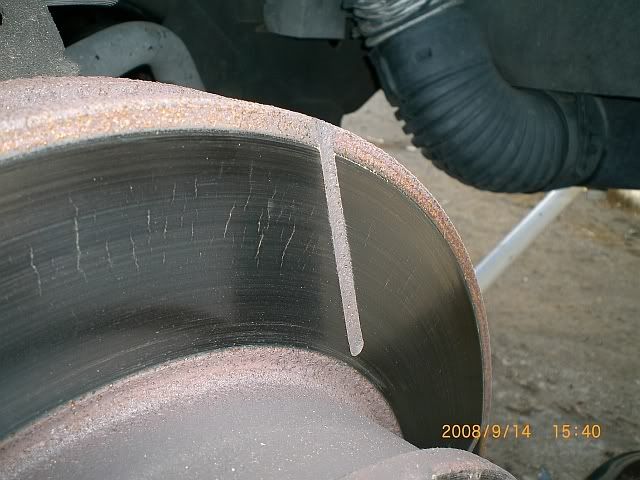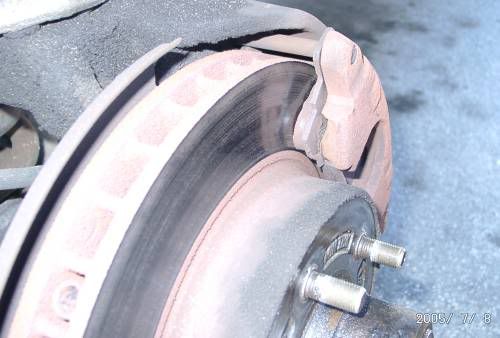Community Alumni
Feb 26, 2015Brake Myths
Here's an article I ran across this morning dispelling a few popular brake myths and common beliefs. The author does a pretty good job explaining how things work in the real world.
Link
Link
 cryorotor heatchecked slottedrotor
cryorotor heatchecked slottedrotor silveradorotor outgas out-gas bedding
silveradorotor outgas out-gas beddingwintersun wrote:
To use the comments of someone who has years of experience with racing brakes and apply this to all manufactured vehicles for sale to the general public makes no sense at all. The care and expenditures involved are vastly different for a passenger car and a race car where the engine alone costs more than whole passenger car and may only last for a single race (hopefully it does).
BenK wrote:
That guys image of a high spot is from the StopTech site and still amazes me
that so many don't believe that a 0.0001" high spot can cause the steering wheel
to jidder as if warped rotor
DO NOT
use sandpaper